How to download iCloud photos, messages and backups
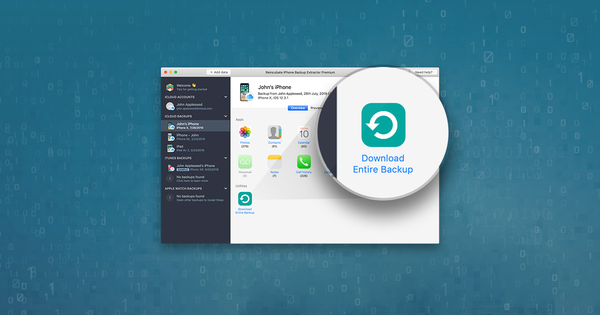
Difficulty: easy
Steps: up to 3
Time needed: 5 - 10 minutes
iCloud data recovery quickstart
Apple launched iCloud in 2011, alongside iOS 5. Since then, an increasing amount of iPhone data has made its way there, and nearly a billion users have signed up to iCloud. Whilst most people may have heard of iCloud Photo Library, and have an idea that their phone might create iCloud backups, there's a lot more to iCloud -- and to the data it stores.
This guide lays out simple steps to recover your data from iCloud, whether you've lost or deleted it, or need to pull it out so that you can store it safely elsewhere. If you read on, this guide will make you an expert on iCloud and its associated services.
It's possible to get just about every sort of data from iCloud:
iMessages

Videos
Photos
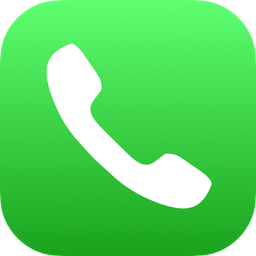
Call logs
Contacts
Notes
Calendar

App Data
Everything else
Working with iCloud data
Have you failed an iOS upgrade or lost your iOS device? Do you need to get your photos, documents or contacts from your iCloud backup? Unlike iTunes backups, it's not easy to directly access many of the files stored on iCloud.
That's where iPhone Backup Extractor comes in: we'll show you how to save all your data stored in your iCloud backup, directly on your computer. iPhone Backup Extractor gets back data from iCloud and iCloud backups, and can download your texts, WhatsApp messages, photos, videos, calendar data, texts, recordings, voicemails, notes, application data and more. It offers a safe, easy and comprehensive way for retrieving iCloud or iTunes data on your PC or Mac.
Recovering your data is as simple as these three steps:
- Connect iPhone Backup Extractor to your iCloud account
- Browse your iCloud data: including backups, Photo Library, Photo Stream, contacts -- and more
- Extract or download the data you need
We're going to go further than that, though, and have included information to help you go even deeper:
To do this, you'll need the following:
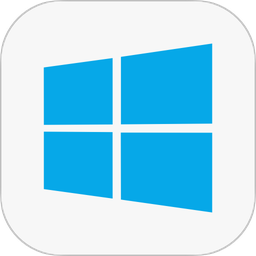
A PC
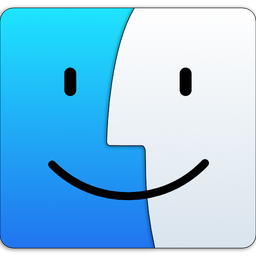
or a Mac
An iCloud account and credentials
Connect iPhone Backup Extractor to iCloud to recover videos, photos, text messages and more
When we created iPhone Backup Extractor, we wanted to make it accessible to everyone, no matter whether they had the technical know-how or not. Downloading your iCloud backup or other data is as easy as 1, 2, 3.
If you need to recover your photos, contacts, Screen Time restrictions passcode, text messages or WhatsApp messages you'll find we've got dedicated guides for them. Otherwise, please use the following steps:
-
Download and install iPhone Backup Extractor for Mac or Windows.
Sign in to iCloud. Open iPhone Backup Extractor and click "Click here to add an iCloud account", or the
+icon. That'll bring up a window which will let you add your iCloud account.![Signing in to iCloud with iPhone Backup Extractor Signing in to iCloud with iPhone Backup Extractor]()
Signing in to iCloud with iPhone Backup Extractor You’ll need your iCloud username and password. If your account is protected with two-factor authentication (2FA), you'll be prompted to enter your 2FA code. (If you tick the "Remember my password" box, your credentials will be temporarily saved on your computer. Other than that, iPhone Backup Extractor doesn't store any Apple account or personal data.)
iPhone Backup Extractor won't alter your backups stored on iCloud, and does not risk harming them.
Whilst the free edition of iPhone Backup Extractor includes most of its functionality for free for iTunes backups, you'll need to upgrade to unlock full iCloud functionality.
-
Explore your iCloud data. With iPhone Backup Extractor securely connected to your iCloud account, you'll be able to browse your iCloud backups, iCloud Photo Library, Photo Stream, and other account data.
Where does Apple store your iCloud data?
Depending on how you've got your phone set up, your data could be stored in different parts of iCloud. You may need to look in different places using iPhone Backup Extractor, and we'll show you how. iCloud is actually several different services behind the scenes. Let's take a look at that next, in order to guide you to look in the right places.
| Data type | iCloud backups | iCloud real-time |
|---|---|---|
| Texts (SMS, iMessage) | ✅ If "Messages in iCloud" isn't enabled | ✅ If "Messages in iCloud" is enabled |
| Call history | Not since iOS 9.3 | ✅ After iOS 9.3 |
| Contacts | ✅ Always | ✅ If "Contacts" are synced with iCloud |
| Calendar | ✅ Always | ✅ If "Calendar" is synced with iCloud |
| Photos | ✅ If "iCloud Photo Library" is not enabled | ✅ All if "iCloud Photo Library" is enabled. Some if Photo Stream is enabled. |
Depending on what you're looking to do, you may need to do the following:
- Download an iCloud backup (or just some of the data from it!)
- Download and export your iCloud Photo Library or Photo Stream
- Download iCloud account data (ie. data that isn't in the backup)
How to download an iCloud backup
With iPhone Backup Extractor connected to your iCloud account, it's easy to download iCloud backup data.
Select your iCloud backup. Once iPhone Backup Extractor has been connected to your iCloud account, it'll automatically show a list of your iCloud accounts and backups on the left-hand side of its window. Your iCloud backups will be listed under the heading "iCloud backups", and you can select the one you'd like to explore by clicking on it. That will load its details in the main part of the app's window.
Don't have a backup yet? Don't worry, it's easy (and free) to make one. Check out our guide on how to create an iCloud backup.
Explore your iCloud backup. Once your backup has been selected, iPhone Backup Extractor will summarise the information available in it, showing the most important apps along with a count of the amount of data available for each. iPhone Backup Extractor lets you work with iCloud backups exactly as if they were iTunes backups: there's no need to download the backup in full in order to work with it -- although you can if you want!
![Recovering data from an iCloud backup Recovering data from an iCloud backup]()
Recovering data from an iCloud backup As when working with iTunes backups, you've got the choice of four modes in iPhone Backup Extractor to recover your data:
-
Overview. Click on any of the app icons get your data back in a single click. Easy!
For example, if you need to recover all of the photos stored in your iCloud backup, click the Photos icon and they'll be automatically downloaded to your computer.
Preview mode. See all of your messages and photos, and selectively choose to download them.
![iPhone Backup Extractor used in Preview mode iPhone Backup Extractor used in Preview mode]()
iPhone Backup Extractor used in Preview mode App view. Browse your iCloud backup by app-by-app, and download all files belonging to a particular app, or all photos from a particular app.
![iPhone Backup Extractor in App view mode iPhone Backup Extractor in App view mode]()
iPhone Backup Extractor in App view mode Expert mode. Browse individual files in your iCloud backup, and select or drag out the ones you'd like to download.
![iPhone Backup Extractor's "Expert mode" on iCloud iPhone Backup Extractor's "Expert mode" on iCloud]()
iPhone Backup Extractor's "Expert mode" on iCloud
-
Download your iCloud backup data. If you'd like to download the full iCloud backup and convert it to an iTunes backup, so that you can modify it or restore it locally, that's easy, too: there's a button labelled "Download this iCloud backup". If you click that, the entire iCloud backup will be downloaded to your PC or Mac. The downloading may take a while, depending on the size of your backup and how fast your internet connection is; clearly, it can be faster to get just the data you want to use the process above.
![iPhone Backup Extractor downloading iCloud data iPhone Backup Extractor downloading iCloud data]()
iPhone Backup Extractor downloading iCloud data After the iCloud download is complete, iPhone Backup Extractor will present the downloaded iCloud backup in its "Downloaded iCloud backups" section, and will automatically load it for you. You can work with that backup exactly as you'd work with an iTunes backup.
Recovering deleted data from your iCloud account
Believe it or not, it's possible to recover iCloud data that was deleted before your last backup was made.
iPhone Backup Extractor uses exactly the same approach for iCloud that it uses for recovery of deleted iTunes data. The best bit is that recovery of deleted data is automatic for all users. Just ensure that the menu item under Utilities → Show deleted data is enabled.
We've published a benchmark showing how effective our recovery of iCloud data is. Check it out, as you can use this technique to recover deleted or lost texts from iCloud.
How to recover iCloud data
If you're looking to recover more data from iCloud, there's a good amount stored in your iCloud account outside of the iCloud backups.
Select and view your iCloud account. With your iCloud account added to iPhone Backup Extractor, it'll show your iCloud accounts on the left-hand side of the app, under the "iCloud accounts" section. Click on your iCloud account, and the app will update to show summary information about your account.
![iPhone Backup Extractor showing iCloud account details iPhone Backup Extractor showing iCloud account details]()
iPhone Backup Extractor showing iCloud account details Choose the iCloud data you'd like to recover. Once your iCloud account has been selected, iPhone Backup Extractor will present you with its overview mode, allowing you to download from your iCloud Photo Library, Photo Stream, or Contacts. These are sources of data which are all additional to the data in your iCloud backup.
You can click any of these data types whilst in overview mode to automatically download them to your computer.
Alternately, you can select "Preview mode" to be able to browse the contacts currently stored on iCloud, and to selectively view, extract and recover them.
Other approaches for accessing iCloud data
If you log in to iCloud.com you'll notice you don't have access to all your files stored in iCloud. For example, even though you've selected to backup your pictures, they aren't visible there. The reason is that most of the files stored in an iCloud backup can be accessed only by restoring your backup to your iOS device, or by extracting them with iPhone Backup Extractor.
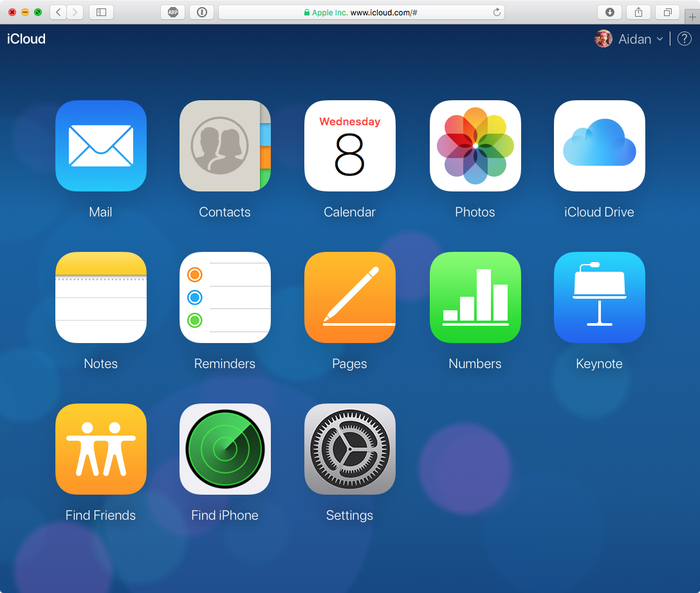
Only a few types of data can be easily viewed or restored from iCloud.com: iCloud Drive files, contacts, calendar & reminders and bookmarks. Nevertheless, it's a handy system, and whilst it doesn't give you a lot of control, it is free.
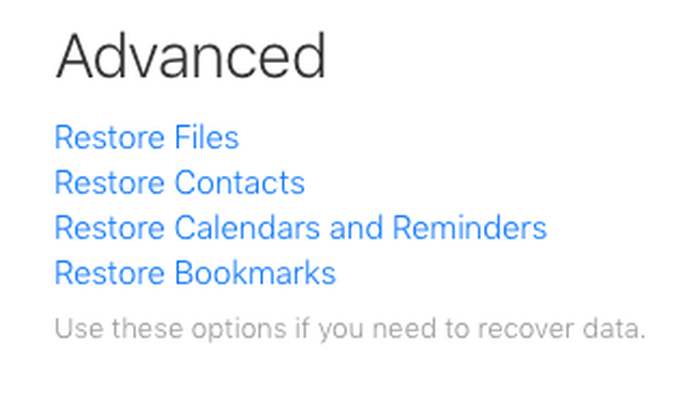
Thus Apple's approaches for recovering or accessing your iCloud data are twofold:
-
Restore your iCloud backup wholesale to your phone, overwriting everything on it -- and see if the data you need is there. We tend not to recommend doing this, as it's not feasible for many users who have had a device lost or stolen. It will also erase all of the data you currently have on the device, you may lose messages you've received prior to making the last backup. Ouch!
Use iCloud.com's restore option to restore your contacts, calendar & reminders, bookmarks or iCloud Drive files. This is an "all or nothing" option, and will overwrite the data you already have in your account. Their options look like this:
- Restoring files from iCloud Drive
![iCloud Drive file recovery on iCloud.com iCloud Drive file recovery on iCloud.com]()
iCloud Drive file recovery on iCloud.com - Restoring calendars
![iCloud calendar recovery, Apple's way iCloud calendar recovery, Apple's way]()
iCloud calendar recovery, Apple's way - Restoring bookmarks
![Recovering bookmarks via iCloud.com Recovering bookmarks via iCloud.com]()
Recovering bookmarks via iCloud.com - Restoring contacts
![Reverting to an earlier contacts library Reverting to an earlier contacts library]()
Reverting to an earlier contacts library
It's also possible to attempt photo recovery by going into the "Photos" app on iCloud.com. However, if you have a large iCloud Photo Library, it might time out on the site, saying:
⚠️ Network unavailable or slow. Photos is taking longer to load than expected.
Either way, there are better ways to recover photos. Check out our guide to iOS photo recovery.
Frequently asked questions
Should I use local iTunes backups instead of iCloud backups?
You can copy and save the data on your iPhone or iPad by backing up in iCloud or iTunes, and we explore the differences between iTunes and iCloud backups in more detail in our knowledge-base. Check it out, as we also talk about how to back up your iOS device.
Here's how to recover your iTunes iOS backup data without iTunes -- or the iOS device itself.
Yes. You can save and retrieve all of the data stored in your iCloud backup with iPhone Backup Extractor. It'll even let you download and convert an iCloud backup to an iTunes backup.
How can I connect to an iCloud account with 2FA (two-factor authentication)?
Just like you'd expect. iPhone Backup Extractor fully supports 2FA. You'll need to enter the 2FA code when prompted.
Absolutely, yes. We have a guide to recovering your iPhone notes.
Does iPhone Backup Extractor work with older iCloud backups, from iOS 7, 8, 9 and so on?
Yes it does. Support for all versions of iCloud backups is built-in to iPhone Backup Extractor.
Every morning I wake to my phone saying "iPhone Not Backed Up"; how can I complete my iCloud backup?
We've got a knowledge-base article to fix "iPhone Not Backed Up" for you. If you need more help, you can always reach out to our support team.
When I try to create an iCloud backup I get "iPhone Backup Failed"
If you're getting an error like that (sometimes it also says "You do not have enough space in iCloud to back up this iPhone") there are a few simple things you can do to get past it. There's a support article here to help you fix your iCloud backups and resolve "iPhone Backup Failed".
Can I get data from an iCloud backup without having to download and restore it?
Yes, with iPhone Backup Extractor you can. It's possible to work with iCloud backups directly in the cloud, without the need to download them first. Check out the section on exploring your backup earlier in this guide.
If your iPhone's Settings → [your name] → iCloud → Manage Storage → Backups it shows the "Last Backup" as "Incomplete", it won't be possible to download it using the conventional approach. The only option you'll see on your iPhone is "Delete Backup". However, if you contact our support team, we may be able to help you with this.
Do I need iTunes or iCloud installed on Windows to access my iCloud data?
No. iPhone Backup Extractor doesn't require iTunes or any Apple libraries to be installed on your computer.
Can I recover my Hike Messenger, Line, Kik, WeChat or Viber messages from iCloud?
Yes, you can, and you can also preview them using "preview mode" as described above. We also have dedicated guides for recovering data for each of WhatsApp, Hike, Line, WeChat, Kik and Viber.
No, it won't. We publish more information on locked iCloud accounts, and how we prevent them occurring here and here.
Can I recover my Safari bookmarks or browsing history from iCloud?
You certainly can. We've got a guide on how to do that with a regular iTunes backup, and the same approach can be used with an iCloud backup and iPhone Backup Extractor.
How can I restore my iPhone from an older iCloud backup, or archive my iCloud backups?
So long as you regularly download your iCloud backups using iPhone Backup Extractor, you can archive them on your computer (or in Dropbox, etc.) and use them to restore your device later on.
Yes: first you must download your iCloud backup and convert it to an iTunes backup. You can then modify and patch it as you normally would before restoring it to an iPhone. iPhone Backup Extractor can do both of these things for you.
It isn't possible to upload a modified iTunes backup into iCloud, but you can restore the converted backup locally with iTunes.
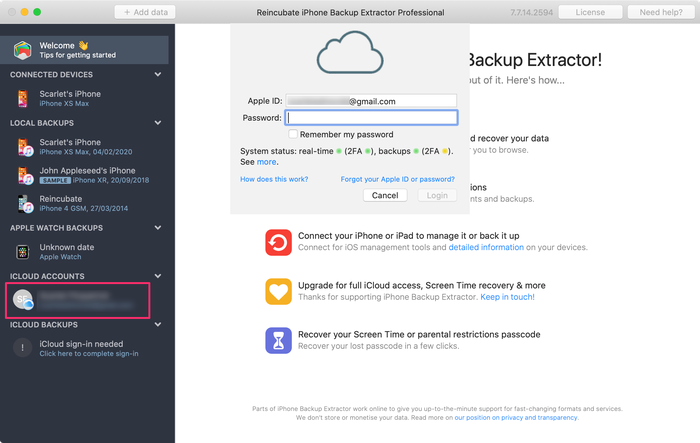
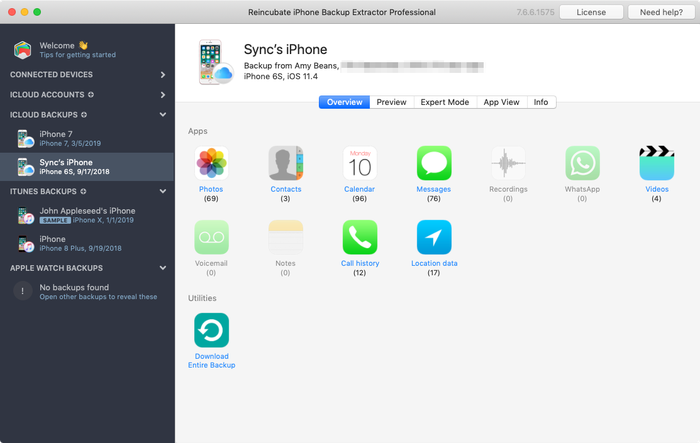
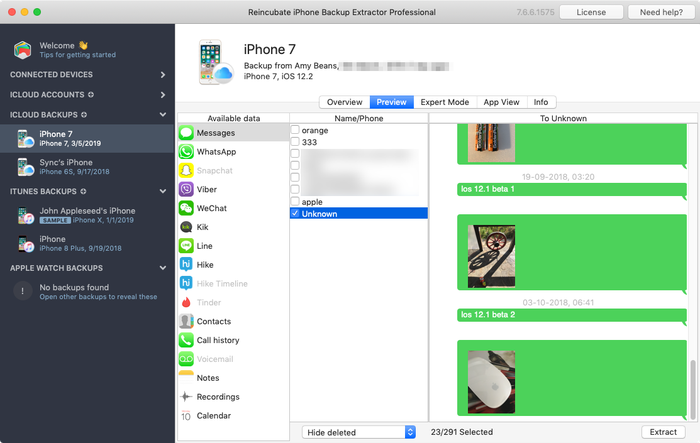
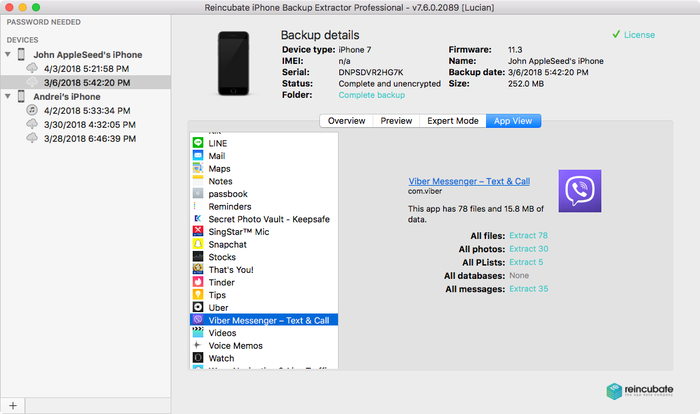


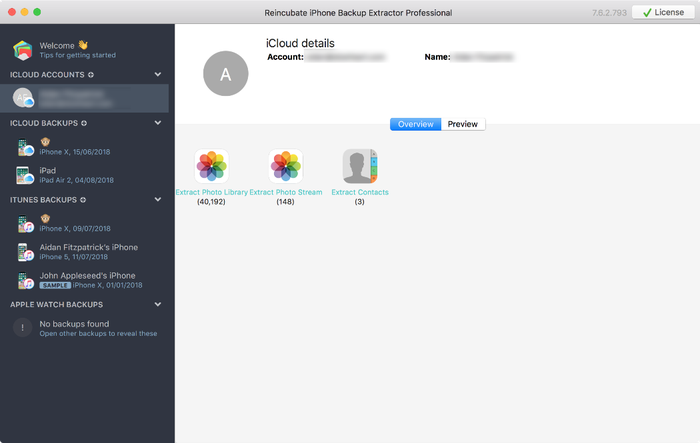
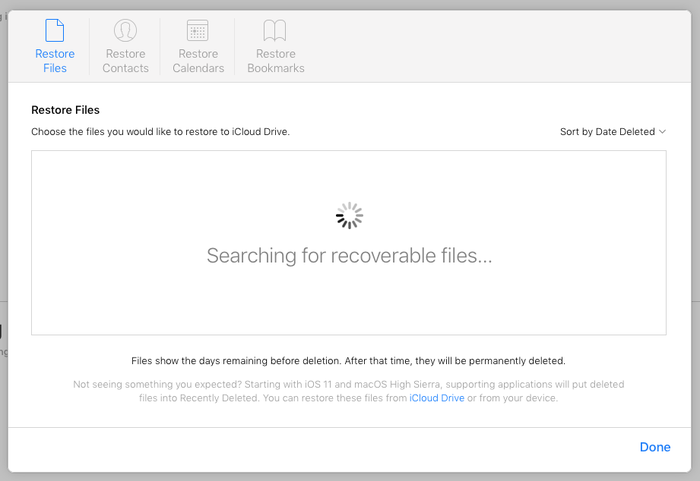
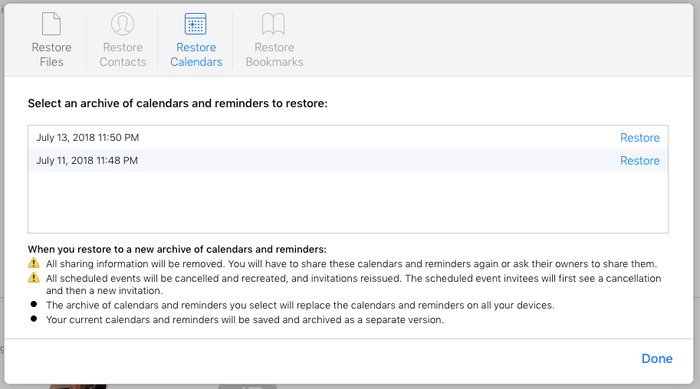
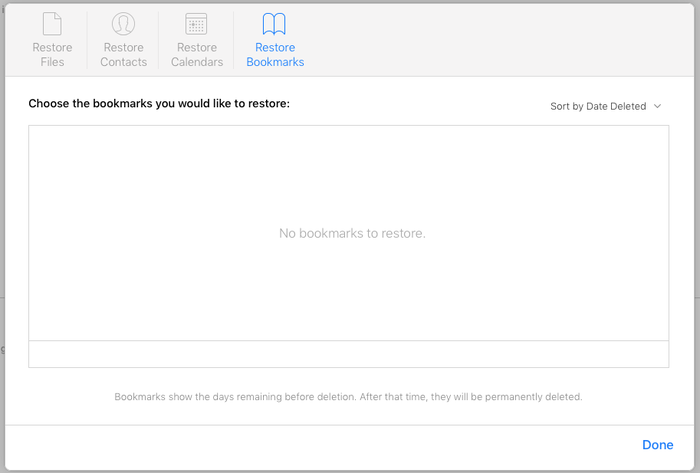
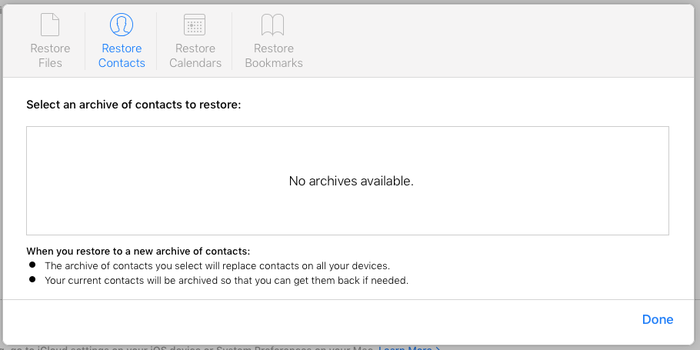


by Peng Li
Hi,
I wonder whether your software (and which version) is able to retrieve WeChat data from Icloud backups?
Thanks,
Peng
reply by: Reincubate Support
Hi Peng: it can, and we've got a guide for WeChat. Check it out here.
by Ray Slayton
Once backups are downloaded from iCloud, can they be deleted from Apple Servers?
reply by: Reincubate Support
Ray: yes, they can. Although if you plan to restore from them in future, we'd advise against it, as it's convenient to leave it there.
by Rob
Hi
I want to know if i can only extract a whatsapp backup which is made from a total iphone backup. Or can i also extract just the whatsapp backup i made to icloud with whatsapp on a daily basis
reply by: Reincubate Support
Hi Rob, thanks for your question.
I am happy to tell you that you are able to extract just Whatsapp data from any complete iPhone backup. As long as you create a backup you will also be able extract the Whatsapp iCloud backup that is created by the app.
In short, as long as you have a backup of the Whatsapp data we can get it for you!
All you need to do is load your backup, and in the overview section click the 'Extract' link. You will be prompted to select data type (HTML is best if you have videos or pictures). Then, choose where you'd like the data to go. Finally, click 'Ok' and the software will quickly extract your data.
You can test the process with iTunes backups by downloading our free version of the software. If you create a free account you can also view your iCloud backups.
If you have any problems, just drop us a line. Happy extracting!
by Ivan
Hi 1. Can I use window xp to download and print after receive the what app message extract? 2. Can I extract from more than one iCloud accounts?
reply by: Reincubate Support
Hi Ivan — the answer's yes, to both questions!
by areesha
I restored my backup but it was last done quite a while ago so I was wondering if there's still a way I could get access to the data that I hadn't backed up in the past few months?
reply by: Reincubate Support
Hi Areesha, it depends on the type of data. iPhone Backup Extractor can pull down photos and contacts directly from your iCloud account, irrespective of whether they're in a backup. If you create a newer backup, it can also recover messages in some cases that were deleted prior to the backup being taken.
by Alex
Are you able to extract data in iOS 9 software, if not, when will you be able to? Also, does your software take a copy of the back up before it extracts info from it or does it take the back up its, and after its done you have no back up? Thanks
reply by: Reincubate Support
Hi Alex, yes, we have support for iOS 9. Give it a go. 🙂 To answer your other question, no, we don't take a copy of user backups or retain any of that data. You can read more on our privacy and security here.
by taylor green
Thank u very much
by Claire Maloney
After one clicks 'extract' (to extract Notes erroneously deleted) are the files then available in a Word document or are they still encrypted. This is not clear
reply by: Reincubate Support
Hi Claire, thanks for commenting. The notes can be exported to HTML or PDF format and will be fully readable.